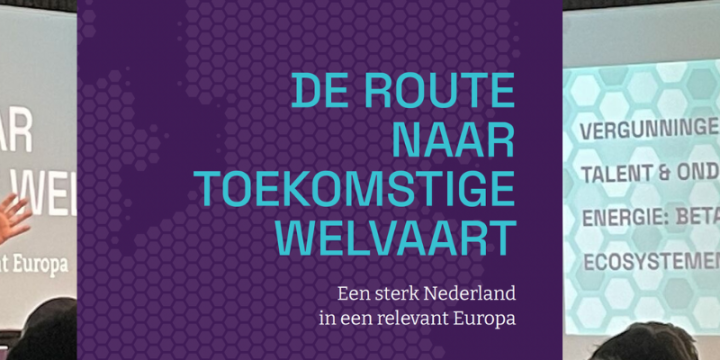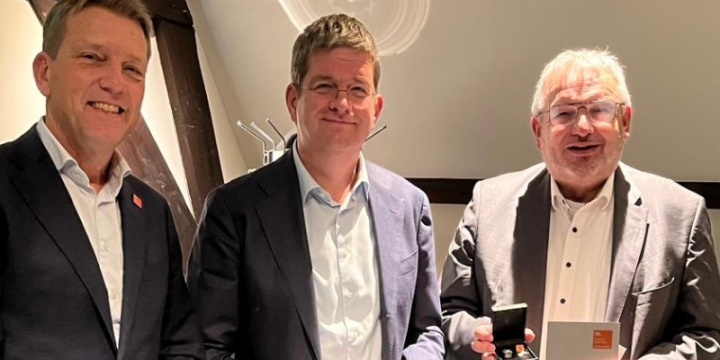The European Commission has recently adopted a regulation updating the EU list of dual-use goods. This move centralises Brussels’ enforcement of export controls on sensitive (dual-use) technologies and marks a break from the existing system, in which international agreements under the Wassenaar Arrangement were the guiding principle. This multilateral forum has long been at an impasse, as Russia repeatedly vetoes the addition of new technologies.
New EU Measure
According to The Financial Times, this is the first time since Russia’s invasion of Ukraine in 2022 that the European Commission has acted without international consensus. The Commission argues that uniform EU controls are more effective and transparent, and create a level playing field for businesses. The measure adds new technologies to the European export list, including:
- quantum computers and cryogenic cooling systems
- semiconductor manufacturing machines and integrated circuits
- coatings for high-temperature applications
- 3D printers
- peptide synthesisers
- pellicles for EUV lithography (thin membranes for chip production)
In addition, definitions and technical parameters have been tightened to clarify the scope of existing controls. In future, the export of goods falling under these technologies will require a licence. The list is expected to enter into force in November 2025, unless Member States or the European Parliament raise objections.
Focus on Economic Security
MEP Bart Groothuis describes the step in Dutch newspaper Het Financieele Dagblad as “vital for the economic security of European companies”. At the same time, observers warn the EU to remain cautious in its relationship with China, which itself imposes export restrictions, for example on critical minerals.
The Netherlands has already been subject to geopolitical pressure. Under US pressure, The Hague imposed restrictions on ASML to halt the export of advanced chipmaking machines to China. By centralising competences, the European Commission aims to prevent individual Member States from facing such pressure in isolation. The decision thus fits into the broader strategy through which the EU is strengthening economic security and technological sovereignty.
Further reading:
Update of the EU Dual-Use Control List





